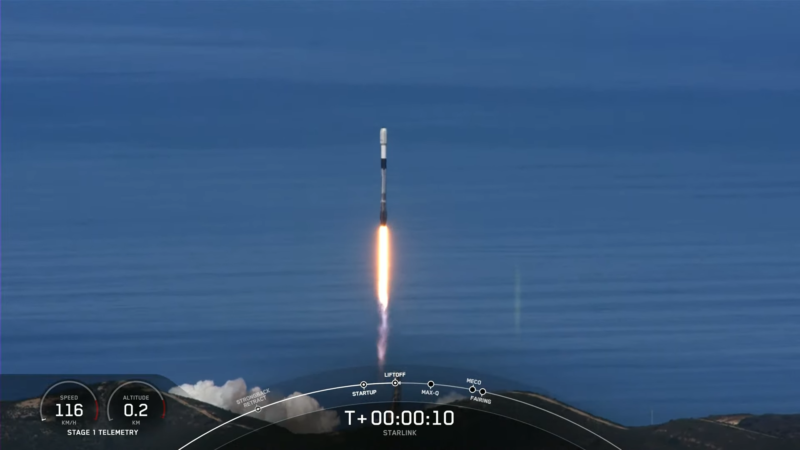
With ten launches already in the bag since the dawn of the year, SpaceX successfully executed 2023’s 11th mission and its third flight out of Vandenberg Space Force Base, Calif., early Friday, as the nine-times-flown B1063 booster rocketed uphill with a “stack” of 51 Starlink low-orbiting internet communications satellites. Liftoff occurred from the West Coast’s Space Launch Complex (SLC)-4E at 11:12 a.m. PST (2:12 p.m. EST) and B1063 returned less than nine minutes later to a smooth touchdown on the deck of the Autonomous Spaceport Drone Ship (ASDS), “Of Course I Still Love You”.
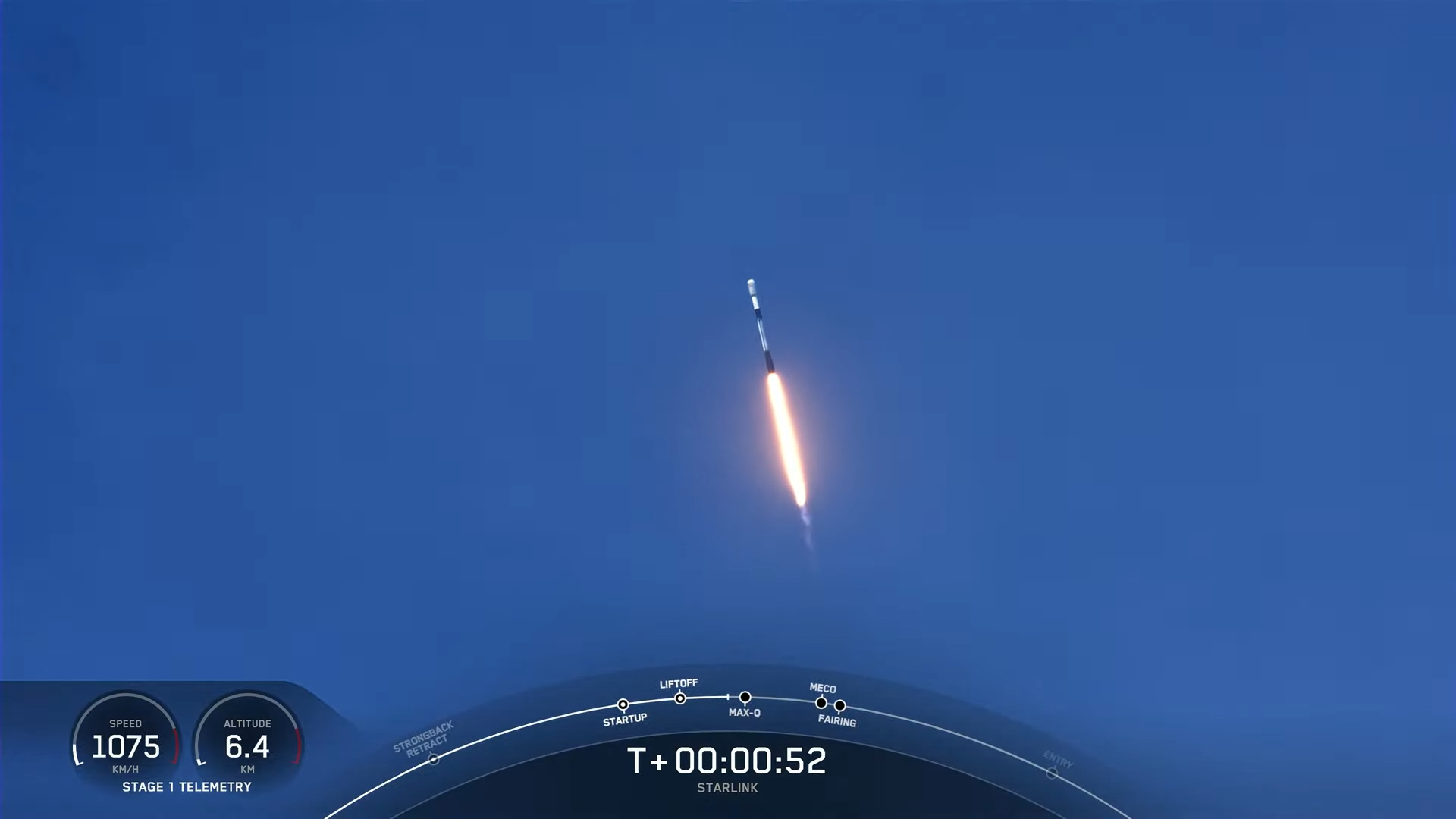
Ten flights in the year’s seventh week represents an astonishing testament to the growing maturity of SpaceX practices and processes. The Hawthorne, Calif.-headquartered firm did not achieve more than ten launches in a single year until 2017, but as its Falcon 9 flight rate steadily ramped up it passed ten launches by May in 2018, by April in 2021 and by March of last year. Passing ten launches before February is out sets SpaceX firmly on course for Elon Musk’s oft-stated goal of up to a hundred missions in 2023.
And although mountain-ringed Vandenberg was used with comparative sparseness over the years, it has nevertheless played a key role in enabling these numbers. First used by a Falcon 9 back in September 2013—when Canada’s Cascade, SmallSat and Ionospheric Polar Explorer (CASSIOPE) research satellite was boosted uphill—it went on to support a multitude of other missions in furtherance of science, Earth observations, communications and military applications.
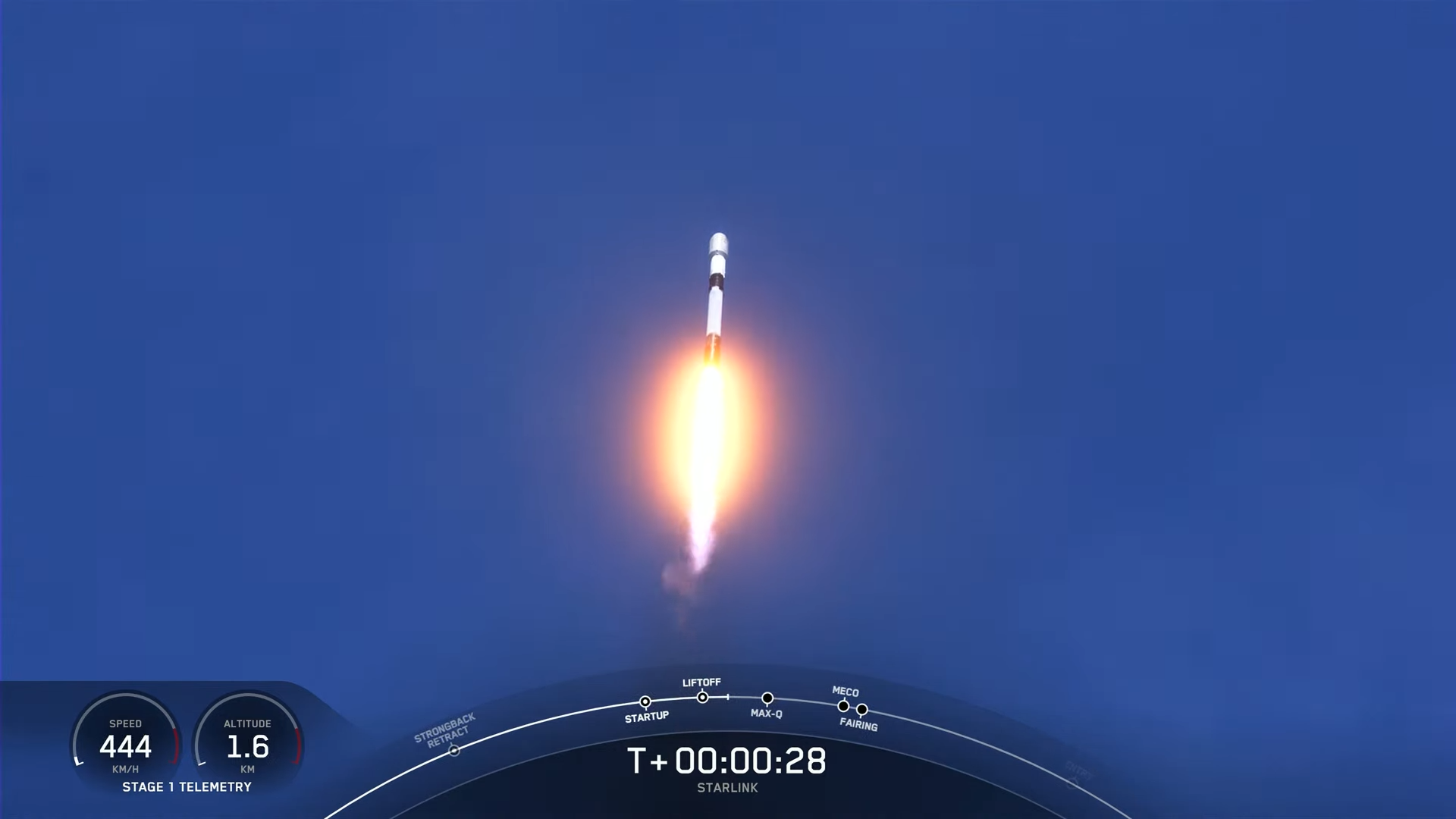
Thirteen flights between September 2021 and this morning have delivered 646 Starlinks aloft from Vandenberg, principally into orbital inclinations at 70 degrees, 53.2 degrees and 97.6 degrees, at a mean altitude of around 350 miles (550 kilometers). This has helped to facilitate greater worldwide Starlink connectivity, with availability expanded so far in 2023 to include Peru, Nigeria, Colombia and Iceland, bringing to 48 the total number of international markets presently signed up to the internet communications network.
Added to that list, the West Coast has reverberated to eight Iridium NEXT launches—totaling 75 global mobile communications satellites lofted between January 2017 and January 2019, with the firm signed up for a ninth launch in mid-2023—and a pair of highly secretive payloads last spring for the National Reconnaissance Office. Others include six missions devoted to Earth science, radar-mapping and oceanography, military surveillance for Spain, Germany and Israel, the 64-payload SmallSat Express and the NASA-led Double Asteroid Redirection Test (DART) to visit the binary asteroid 65803 Didymos and deploy a high-velocity kinetic impactor to hit its tiny companion, Dimorphos.
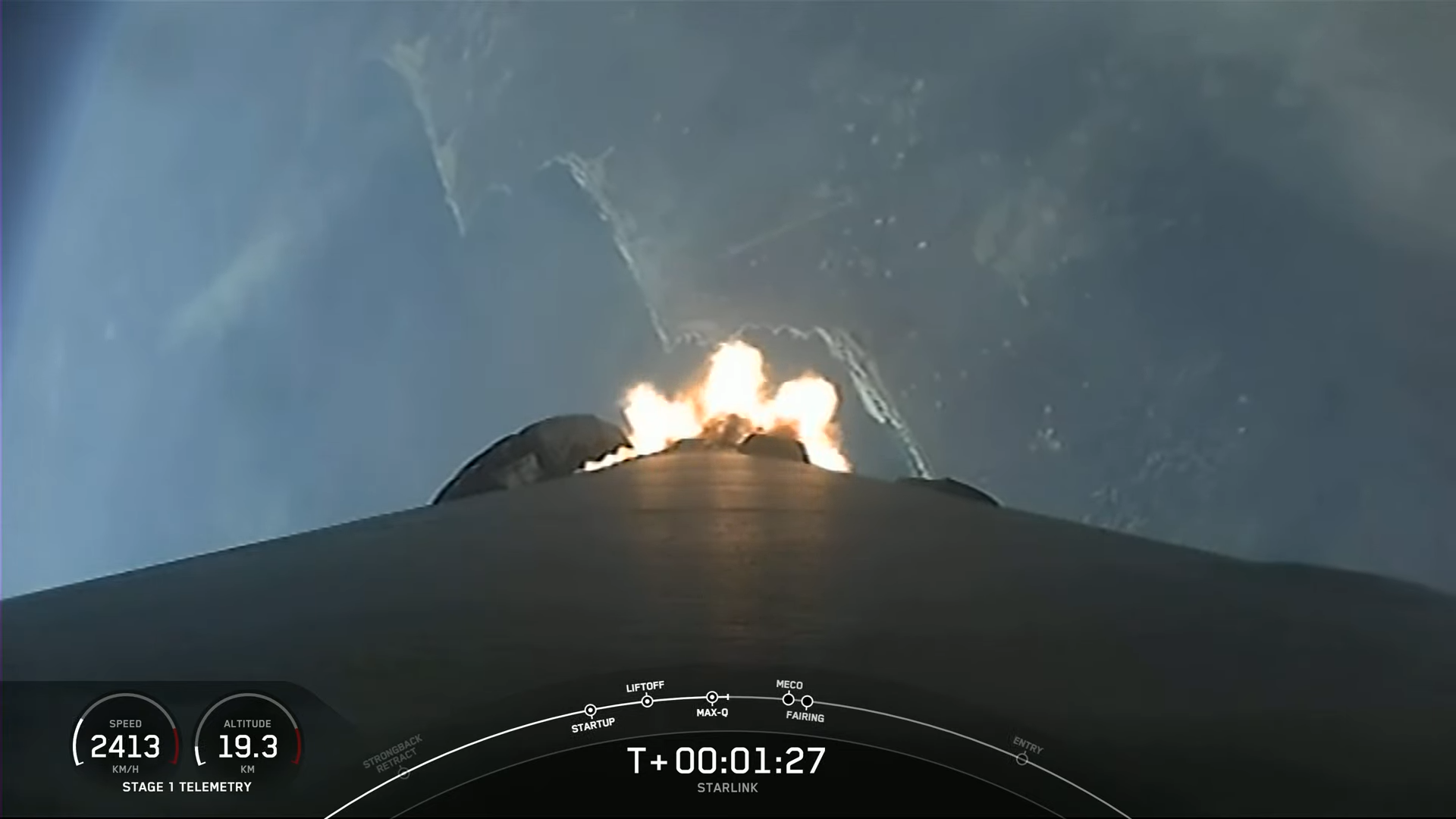
These 35 missions have been accomplished using 15 Falcon 9 booster cores, two of which—including B1063—have logged seven launches apiece. With this morning’s flight, B1063 became the first Falcon 9 to fly an eighth time out of Vandenberg.
Including Friday’s launch, SpaceX has now successfully completed 22 Autonomous Spaceport Drone Ship (ASDS) landings offshore in the Pacific Ocean since January 2017 and eight solid-ground touchdowns at Landing Zone (LZ)-4 since October 2018. LZ-4 is Vandenberg’s repurposed Space Launch Complex (SLC)-4W, which supported dozens of Atlas-Agena, Titan IIIB and Titan 23G flights over four decades through 2003.
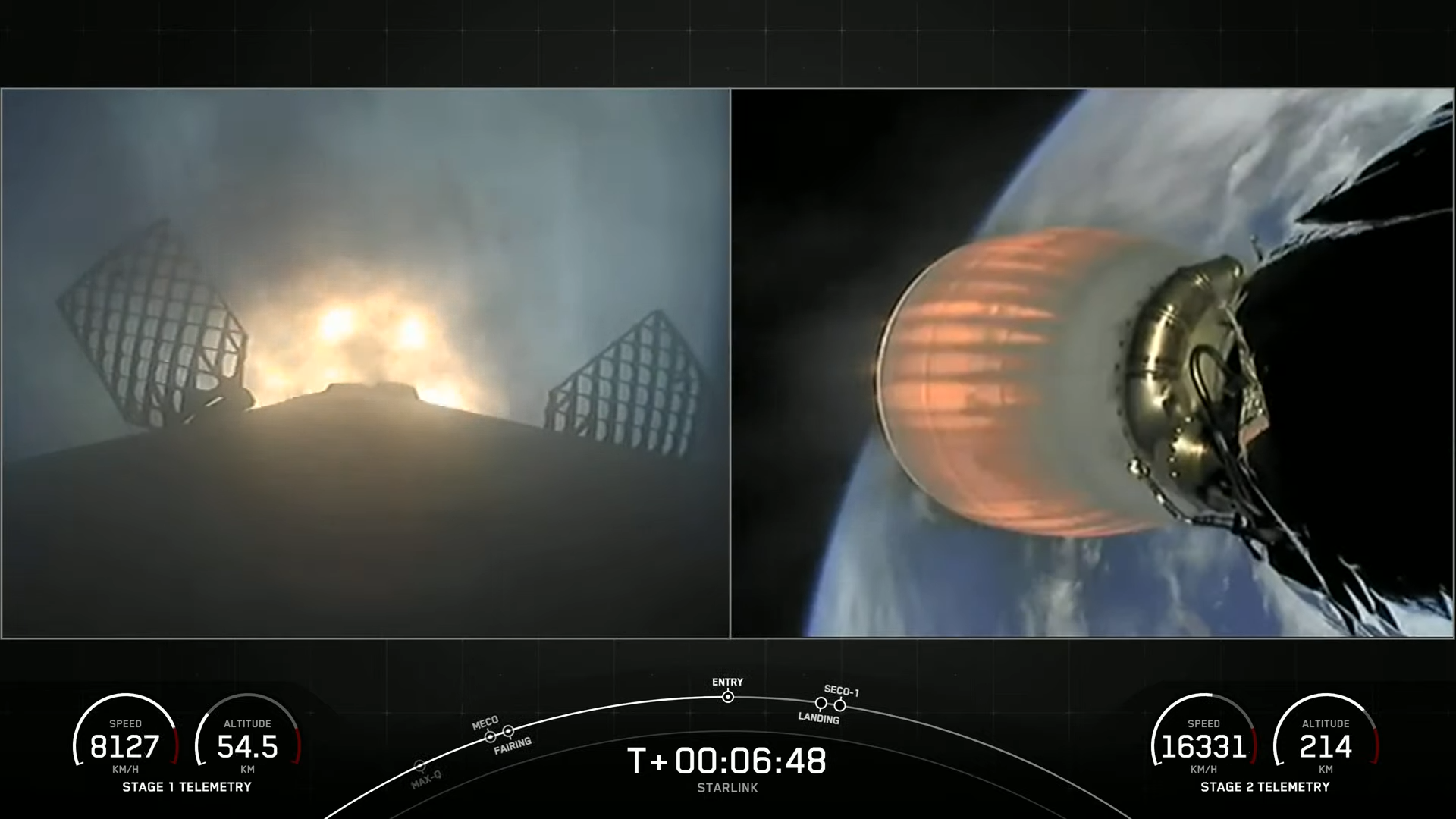
And the ASDS tasked with recovering B1063 from Friday’s launch was “Of Course I Still Love You”, which put to sea out of Port of Long Beach earlier last week, but reportedly headed back to port due to poor weather and oceanic conditions. OCISLY departed a second time for its targeted recovery zone on Wednesday.
SpaceX releases precious little by way of a definitive flight schedule, but there are several notable payloads heading uphill from Vandenberg in 2023. Included in their number are two launches of “Tranche 0” of the Transport and Tracking Layer of low-latency, high-capacity connectivity satellites for the Space Development Agency (SDA).
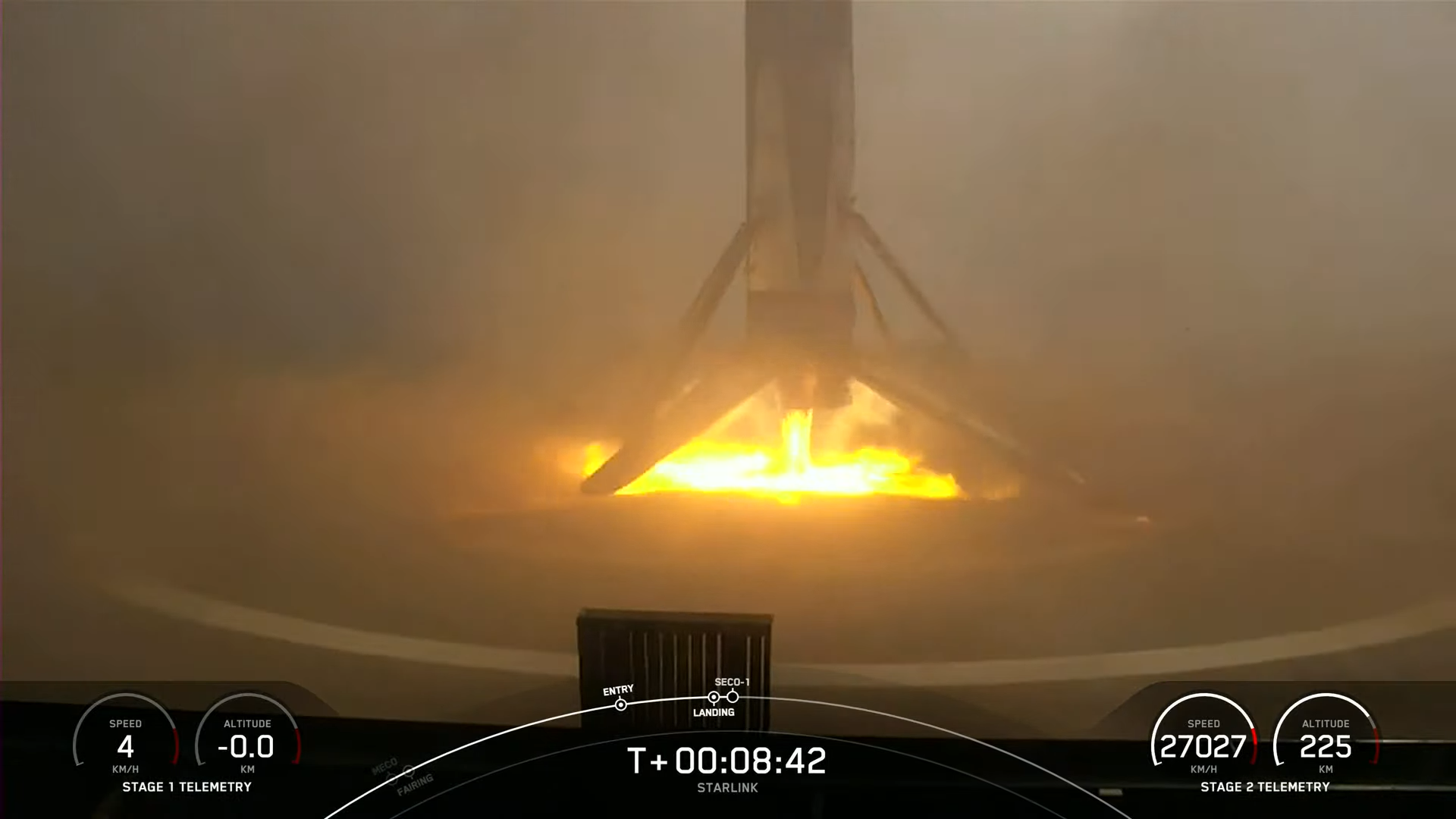
Tranche 0 will form the basis of an eventual “constellation” of 300-500 low-orbiting experimental satellites to furnish ground-based warfighters with “assured, resilient, low-latency military data and connectivity worldwide”, together with Wide Field of View (WFOV) infrared sensors for infrared missile tracking. Contracts for Tranche 0 were signed with SpaceX in January 2021 for an estimated total value of $150.45 million.
A pair of “passive” SARah reflector satellites, flying on behalf of the German military, are expected to launch around mid-year to join the SARah-1 radar-imaging surveillance platform, launched out of Vandenberg last June. And four years after what was thought to be its last Iridium NEXT launch, another Falcon 9 will rise from Vandenberg in mid-2023 carrying “up to five” of Iridium’s remaining ground-spare satellites.
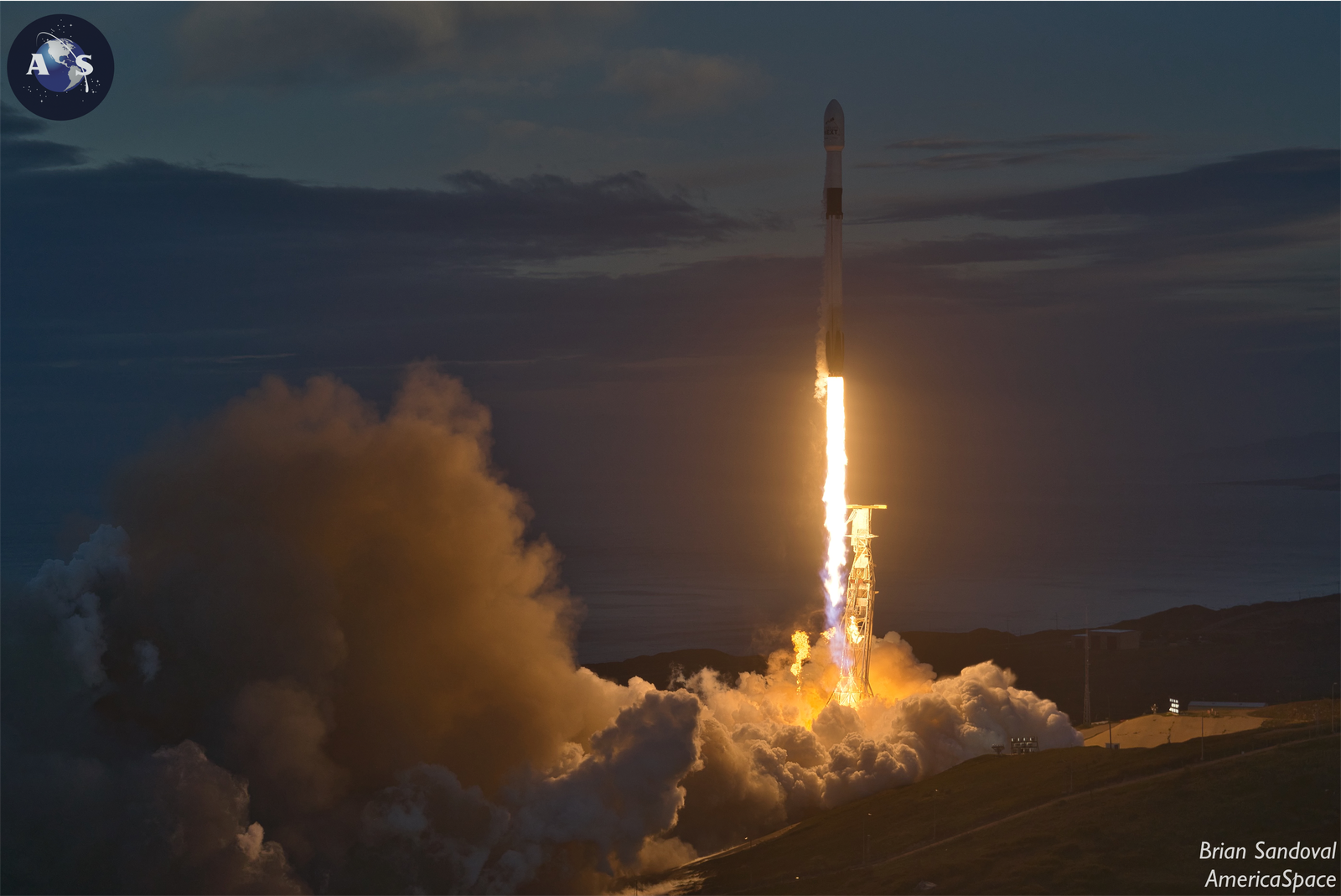
“The spare satellites have no utility to us on the ground,” explained Iridium CEO Matt Desch, in remarks made last September. “We built extra satellites as an insurance policy and with SpaceX’s stellar track record, we look forward to another successful launch, which will position us even better to replicate the longevity of our first constellation.”
Moving deeper into the fall, a Falcon 9 will fly a pair of Arctic Satellite Broadband Mission (ASBM) spacecraft into highly elliptical orbits, ranging from a perigee over the South Pole of 5,000 miles (8,100 kilometers) to an apogee over the North Pole of 27,000 miles (43,000 kilometers), inclined 63.4 degrees to the equator. Flying on behalf of Space Norway, the ASBM twins will provide voice and data communications coverage at higher latitudes than currently feasible with existing assets.
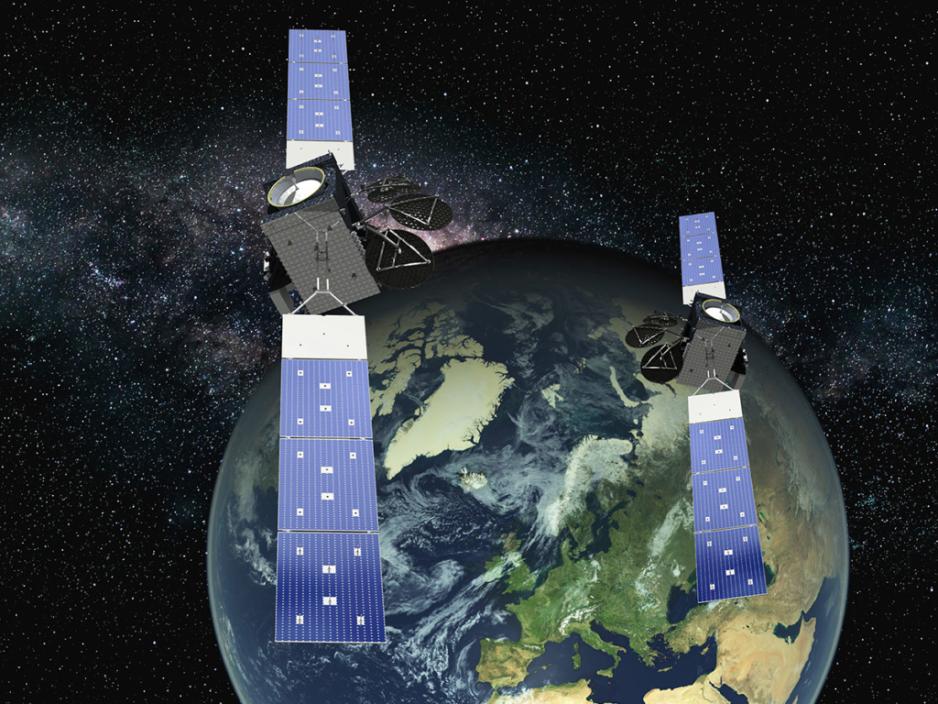
Current geostationary communications satellites typically operate in near-equatorial orbits, meaning that extreme northerly latitudes—such as between Svalbard and the North Pole, a key strategic priority for Space Norway—are typically limited, unstable or simply unreachable. When fully functional, the ASBM twins will furnish broadband coverage across the entire circumpolar Arctic Region (and specifically at the Arctic Circle’s 68th Parallel) for the first time.
Each satellite boasts a wingspan of 88.5 feet (27 meters) when their energy-generating solar arrays are fully unfurled. And each weighs in the region of 4,400 pounds (2,000 kilograms).
Military and civilian users including the Norwegian Armed Forces, the U.S. Space Force, London, England-headquartered Inmarsat and the European Commission are signed up to utilize the ASBM twins’ unique capabilities. A pair of U.S. Space Force Space Systems Command (SSC) military communications payloads were delivered to Space Norway last June and November for integration into ASBM.
Known as Enhanced Polar Systems-Recapitalization (EPS-R), they form part of a $1.3 billion Northrop Grumman Corp.-led program to provide Extremely High Frequency (EHF) secure communications support for U.S. forces operating in the northern polar regions. When operational, they will provide secure anti-jamming with a low probability of detection or interception.




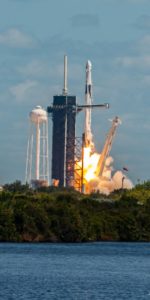
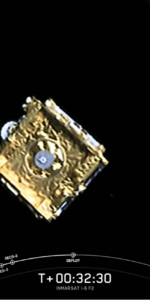
4 Comments
4 Pings & Trackbacks
Pingback:SpaceX Launches Inmarsat-6 F2, Other GTO-Bound Missions Wait in Wings - AmericaSpace
Pingback:SpaceX Launches Inmarsat-6 F2, Other GTO-Bound Missions Wait in Wings - Space News
Pingback:Good Florida Weather Expected as SpaceX Heads into Month-End Launch Week - AmericaSpace
Pingback:SpaceX Misses Monday Triple-Header, As Falcon 9 Launch Schedule Realigns - AmericaSpace